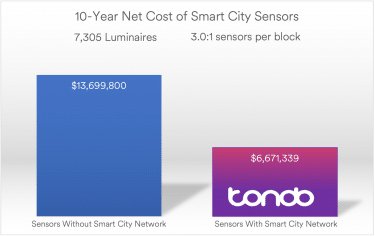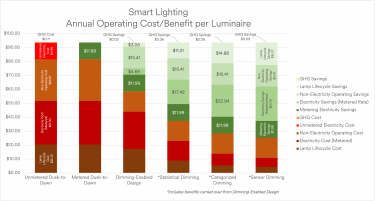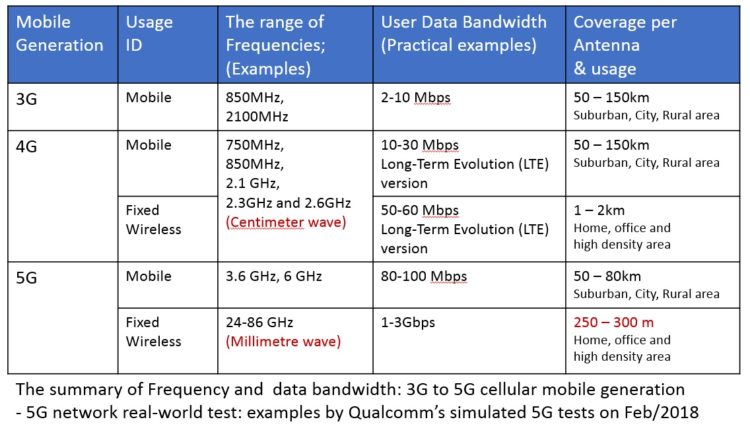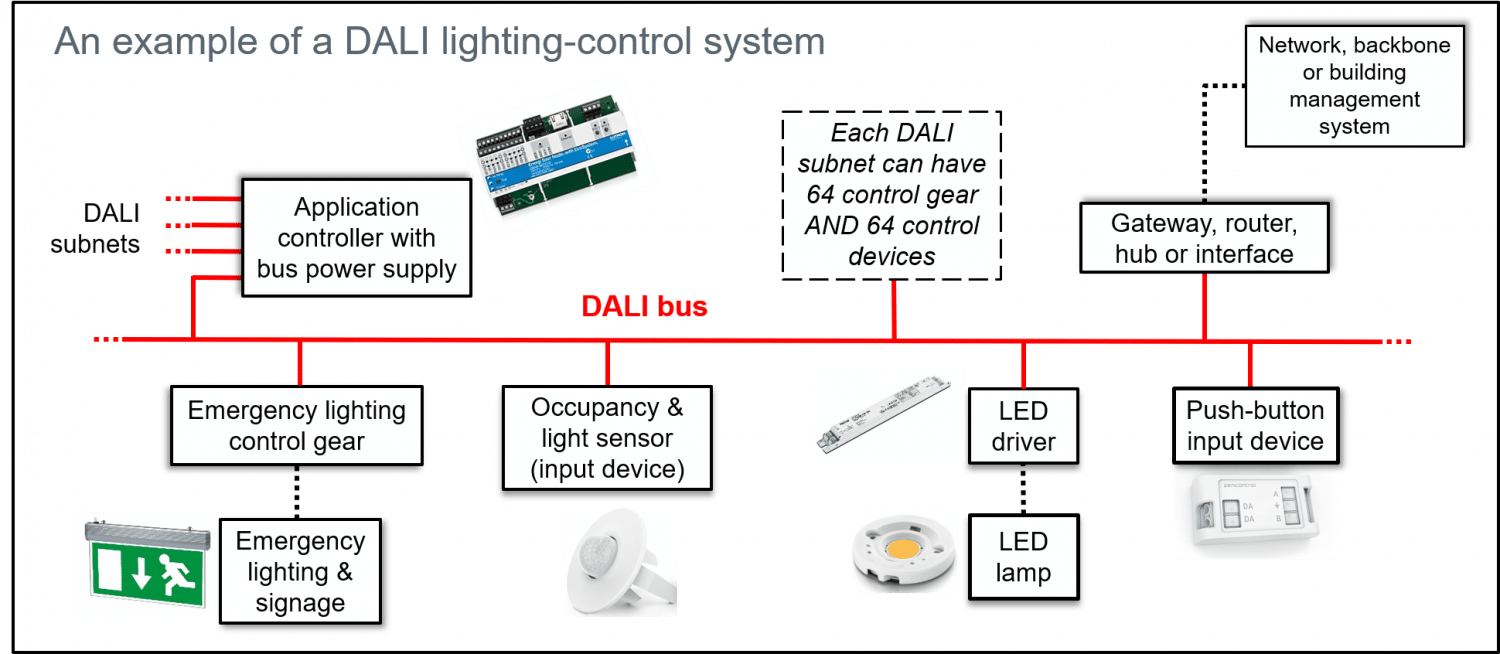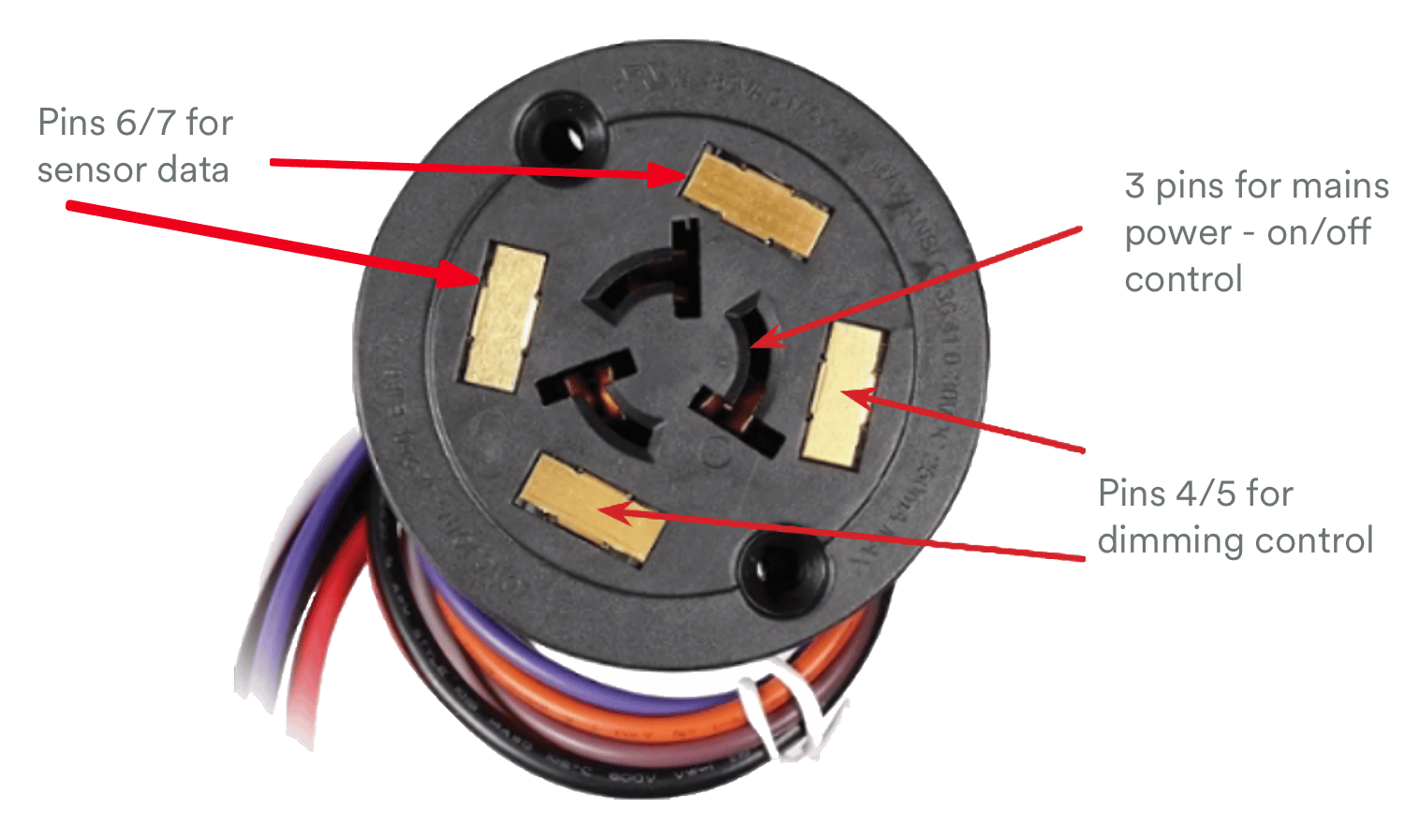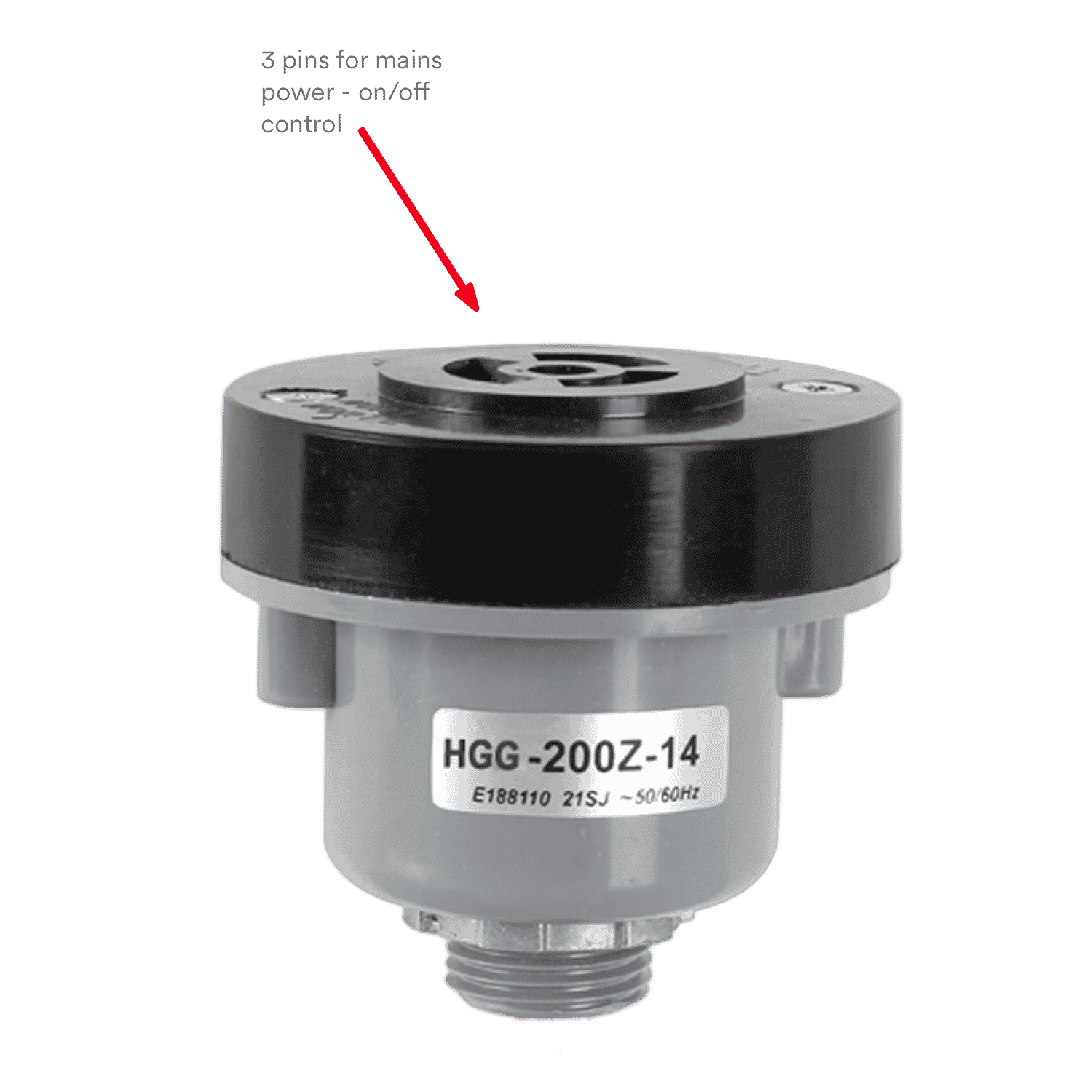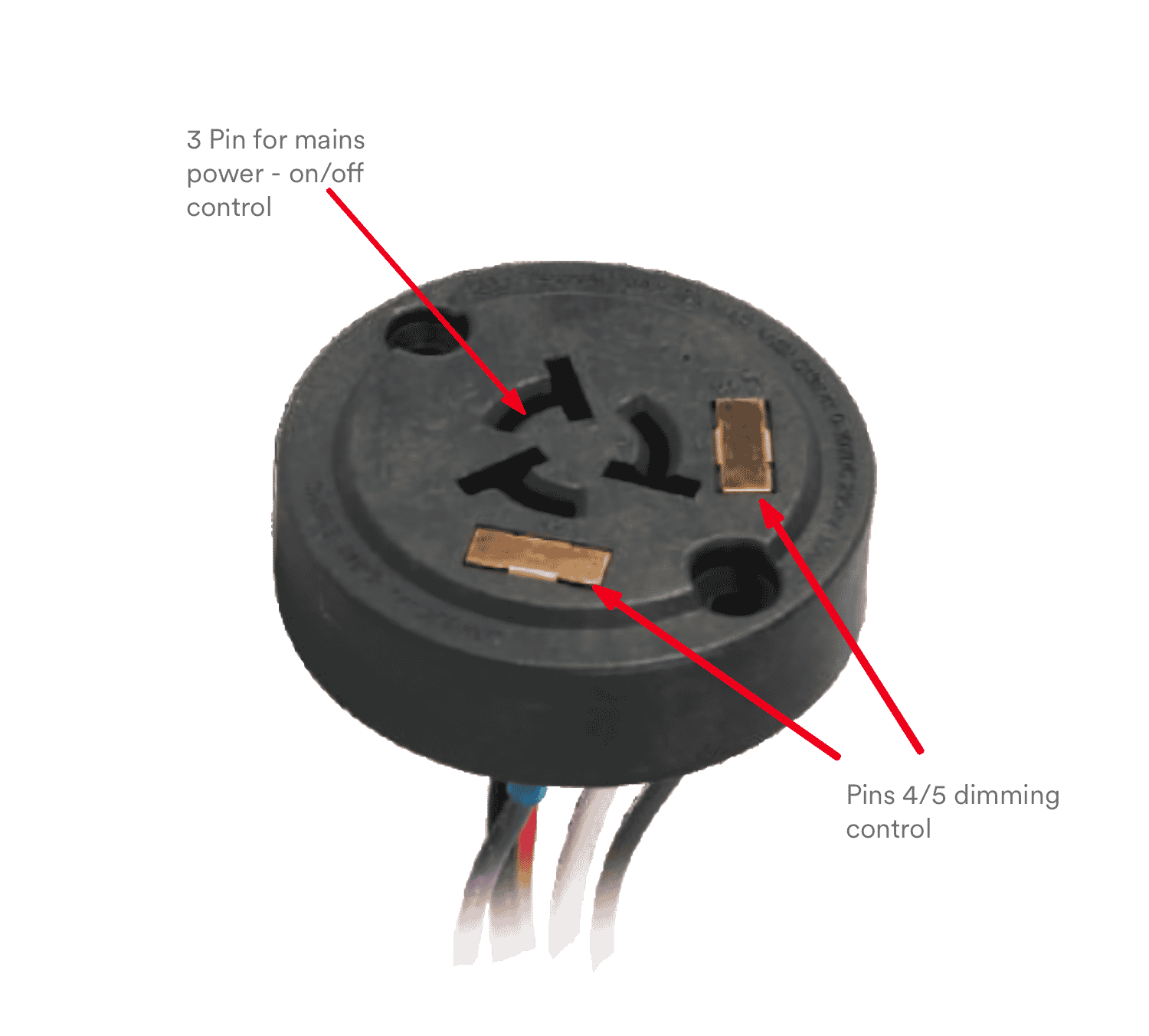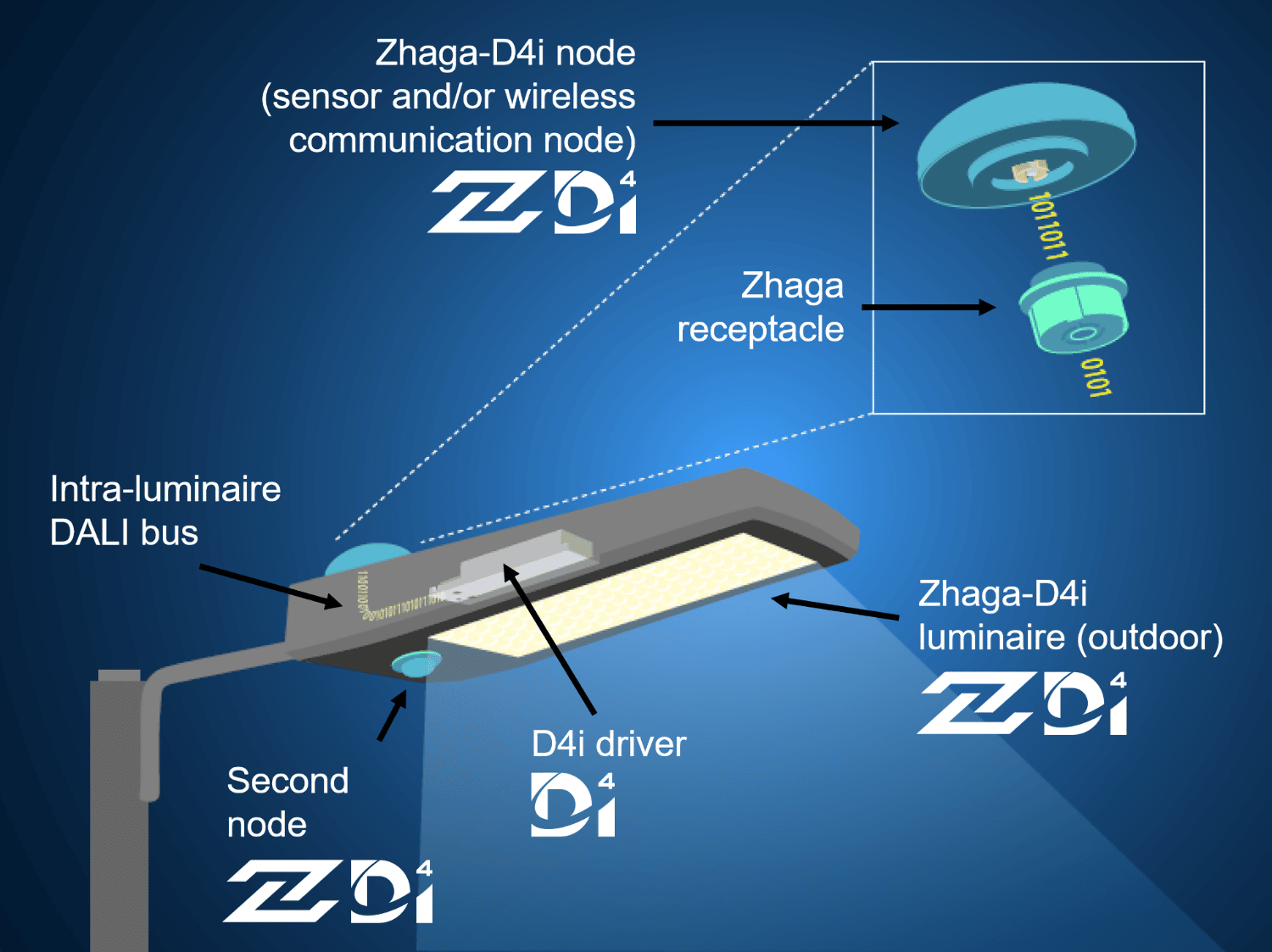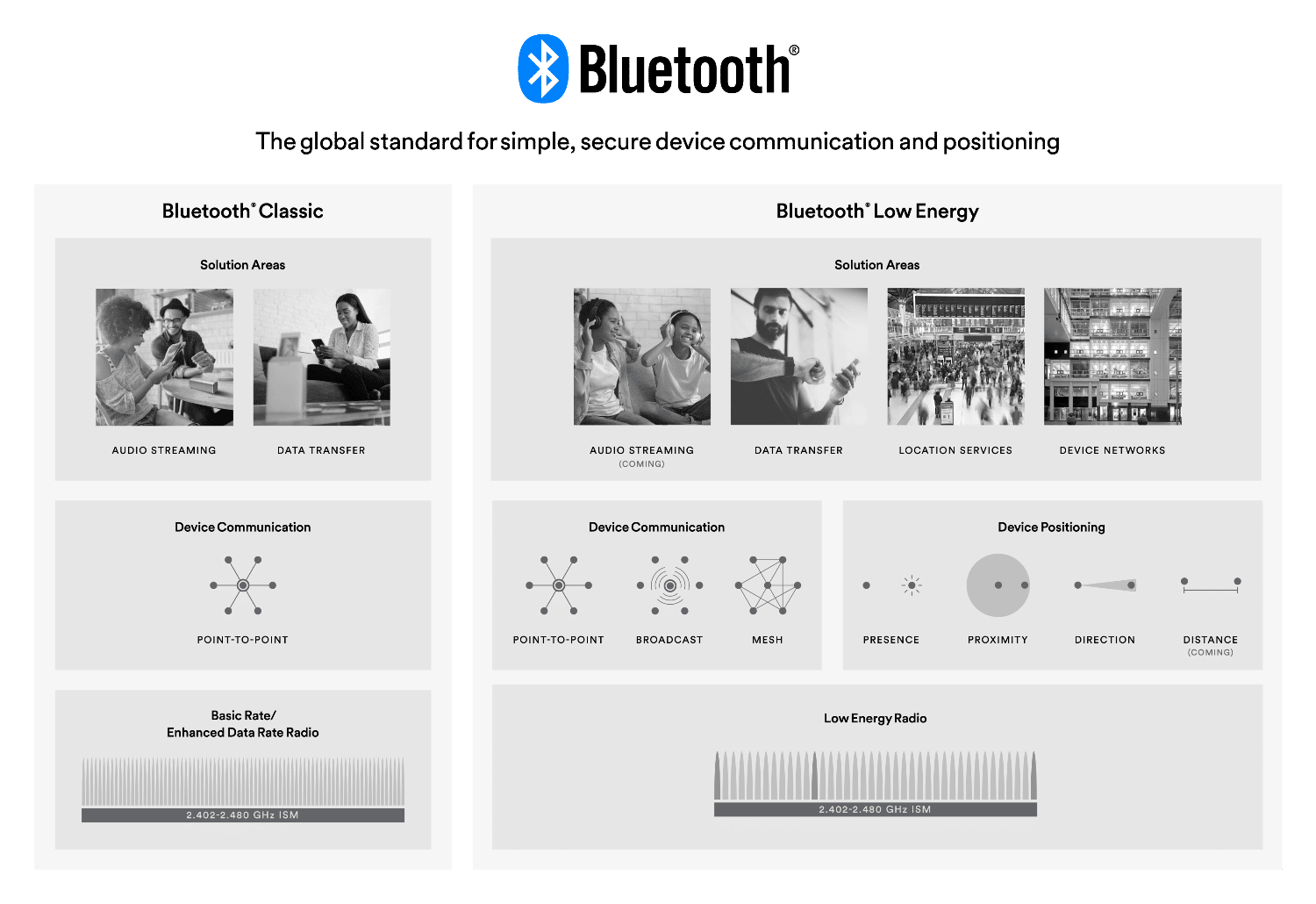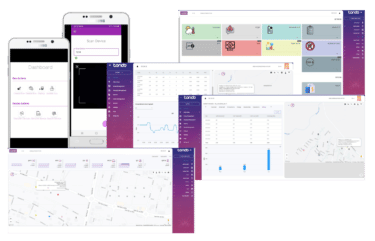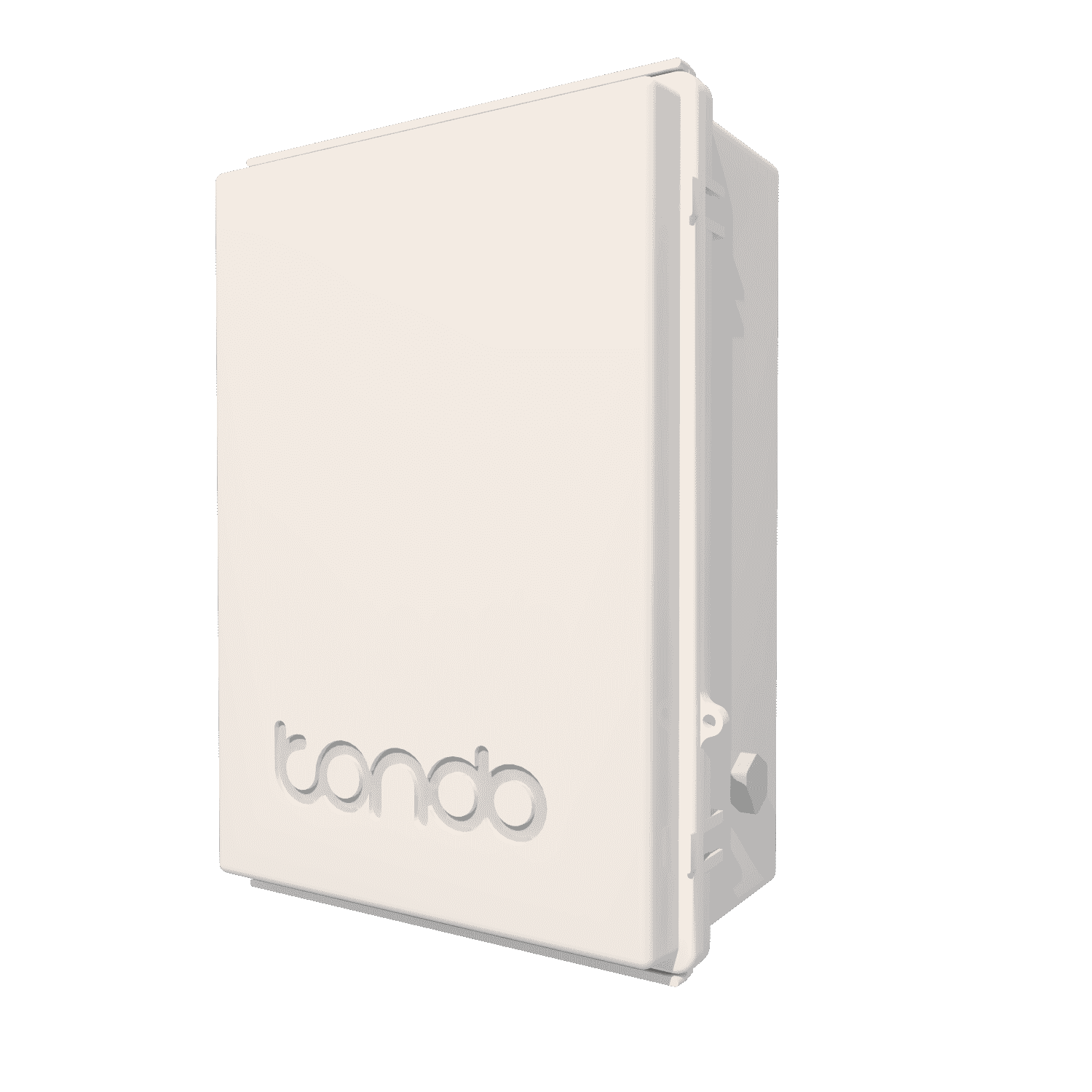CAT-M/LTE-M and NB-IoT are similar but have differences that may make one suitable over another, or simply selected based on the support for one or the other that is available in your area.
NB-IoT uses a narrow bandwidth of 200 kHz, where CAT-M uses 1.4 MHz. The maximum data rate for NB-IoT is ~ 250 kb per second, with CAT-M1 reaching ~ 1 Mbps. CAT-M is marginally less energy efficient than NB-IoT. Although NB-IoT has a lower speed, both NB-IoT and CAT-M are suitable for sensor communications since sensors typically do not require much bandwidth.
Both NB-IoT and CAT-M1 are supported under the 5G technology specifications and therefore are ideal for selecting as a standard for sensor communications.
